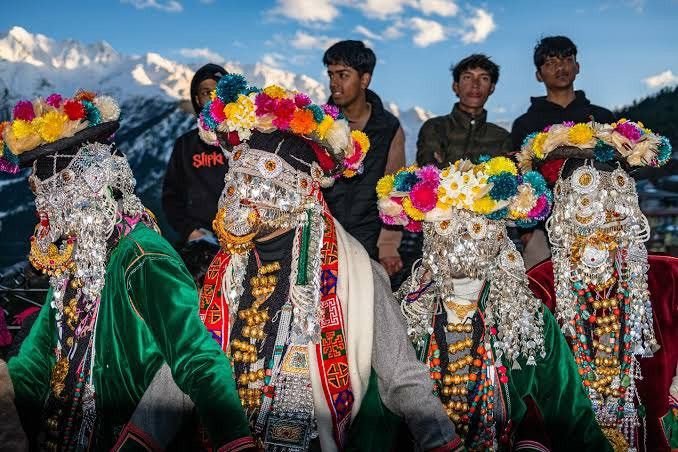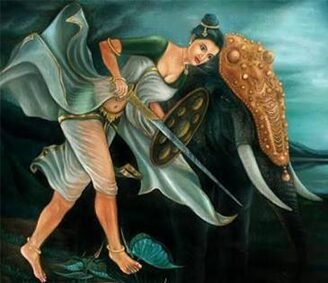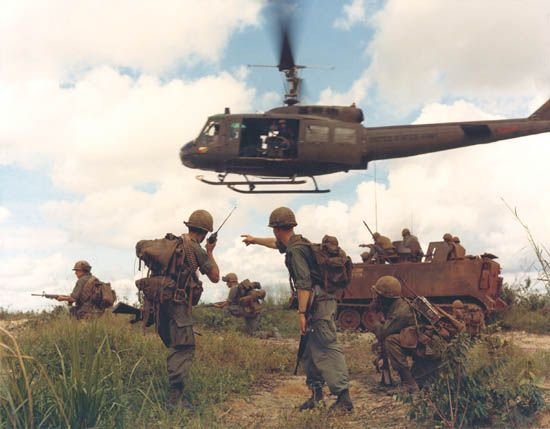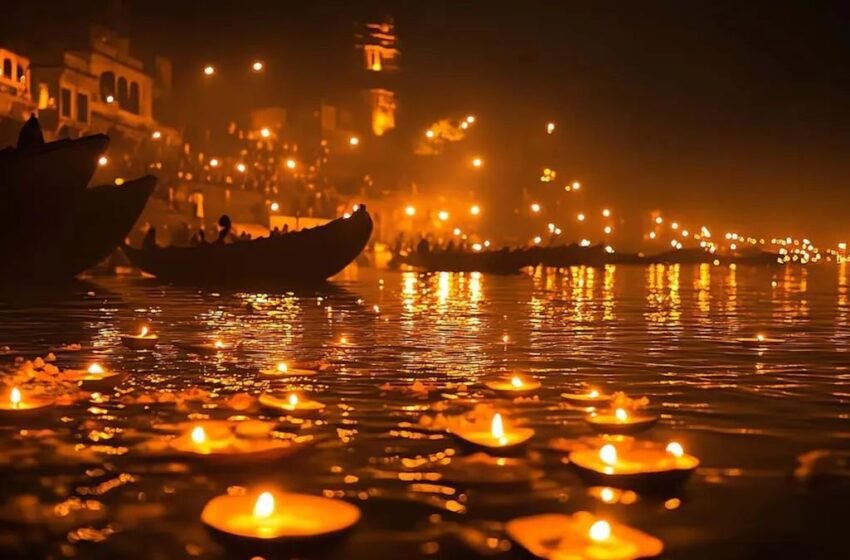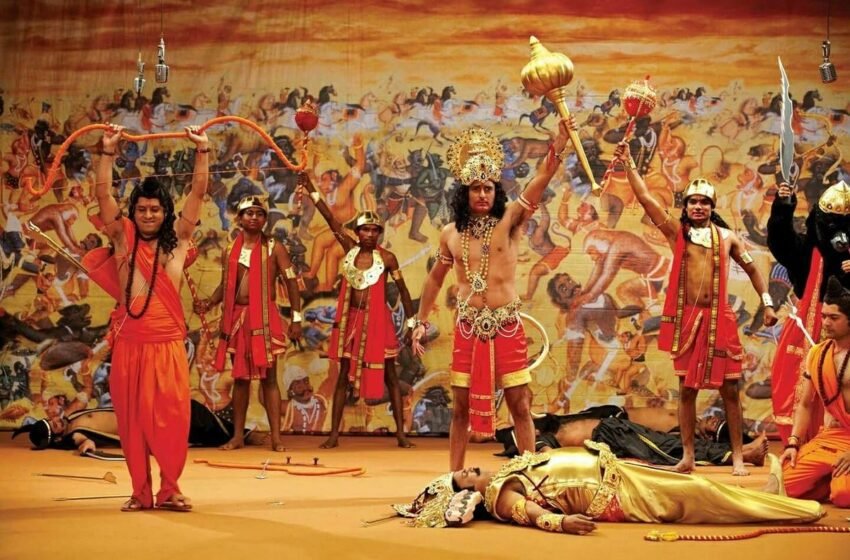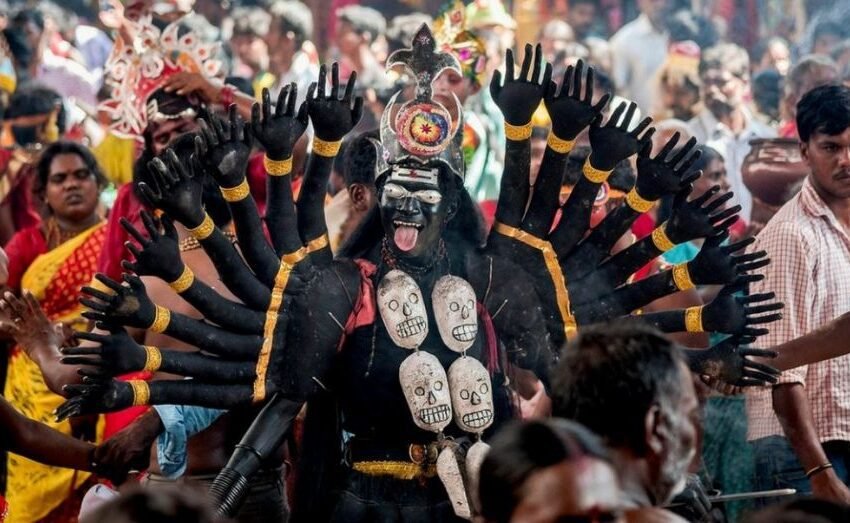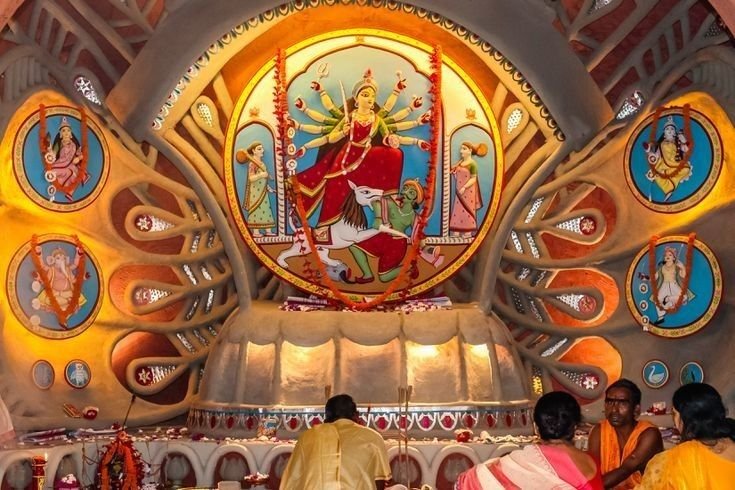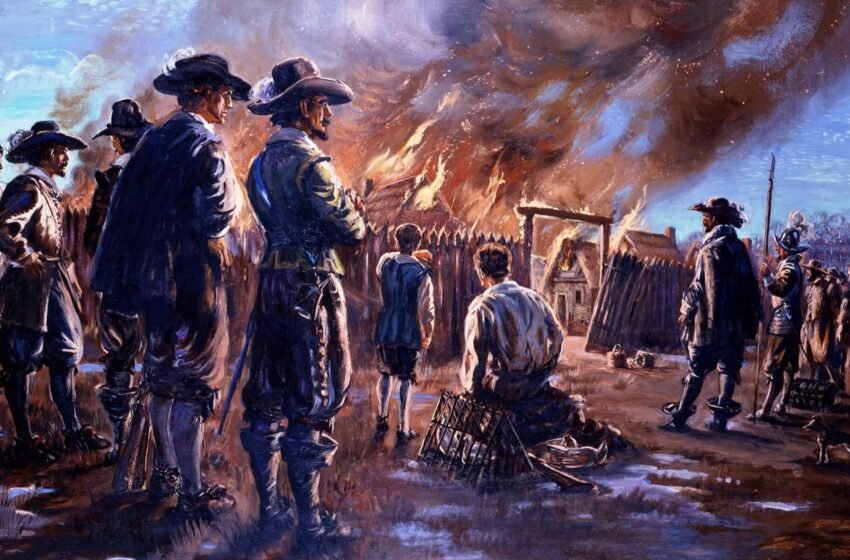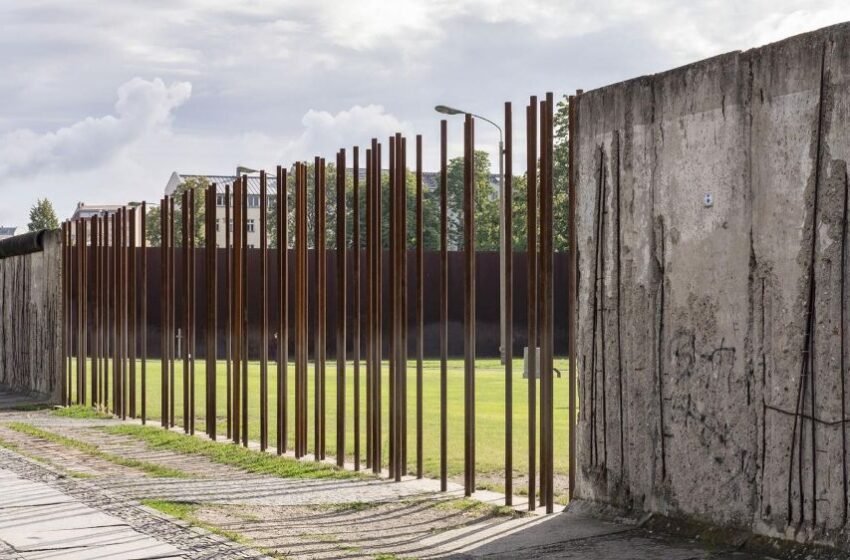~ Debashri Mandal With the welcome of long-awaited winter, several seasonal festivals are being celebrated by the people of different regions of India, and one of which is the Raulane of Kinnaur in Himachal Pradesh. Filled with pomp and show, this lies high in the remote, on the foothills of the Himalayas, settled in the […]Read More
Tags : stories
-Aritra Biswas “Viman Shastra” also known as “Vaimanika Shastra” is one of the few texts that are at the border of admiration and controversy. To some, it is a symbol of lost scientific genius of ancient India; to others, it is an imaginative creation of a religious fanaticism instead of an engineering work. It is […]Read More
~Debashri Mandal Stories of female legends and warriors have been scarce in history, but they have never been absent. And Unniyarcha is one of them. Also spelled as Unniyarchaa, is a legendary female warrior and remains one of the most radiant figures in the pantheon of Kerala’s oral epics, celebrated in Malayalam folklores such […]Read More
~Aritra Biswas Young children ran through the rice paddies in the small towns of Vietnam. Their laughter filled with green hills not knowing that their country was going to be turned into one of the most torturous battlefields of the modern history. A DREAM OF FREEDOM Vietnam was a drained nation, though optimistic after World […]Read More
~ Debashri Mandal One of India’s greatest festivals, Diwali, or Deepawali, lighten up every corner of the country with flowers, sweets, rituals, colorful rangolis, lots of crackers, and, of course, diyas filled with love, warmth, and happiness. However, the festival of lights doesn’t stop here and again re-emerges exactly after fifteen days of Diwali on […]Read More
-Bhoomee Vats The term ‘Ramlila’ literally translates to “Rama’s play”. It is a performance of the epic of the Ramayana in a series of scenes that does not just consist of acting but also includes song, narration, recitation, and dialogue. It is performed all around northern India during the festival of Dussehra, held each year […]Read More
Dussehra Celebrations in India:From Mysore to Kullu, Exploring the Various
-Bhoomee Vats Navratri is a major festival filled with symbolism about destroying evil and selfish nature, and about having deep respect for all aspects of life, including the things and objects that contribute to our well-being. The nine days of Navratri are divided on the basis of the three basic qualities of tamas, rajas, and sattva. The first […]Read More
-Bhoomee Vats Durga Puja is a festival that includes the worship of the mother goddess, and it is one of the most important and major festivals of India. It is not just a religious festival, but it also constitutes the emotions of reunion and renewal of the spiritual self while celebrating the traditions and norms […]Read More
~Vani Mishra In that harsh winter of 1692, in the tiny Puritan community of Salem Village, rumors of the occult started to circulate. In a few short months, those rumors became shouts of accusation, public confessions, and the awful silence of the gallows. The Salem Witch Trials were not about magic. They were of fear, […]Read More
~Vani Mishra The history of the Berlin Wall is a story of concrete and razor wire, but not merely that. It’s not even always a Cold War chapter between two superpowers. It is, ultimately, a very human one of division, yearning, survival, and fighting for dignity in a city that became the backdrop for one […]Read More
